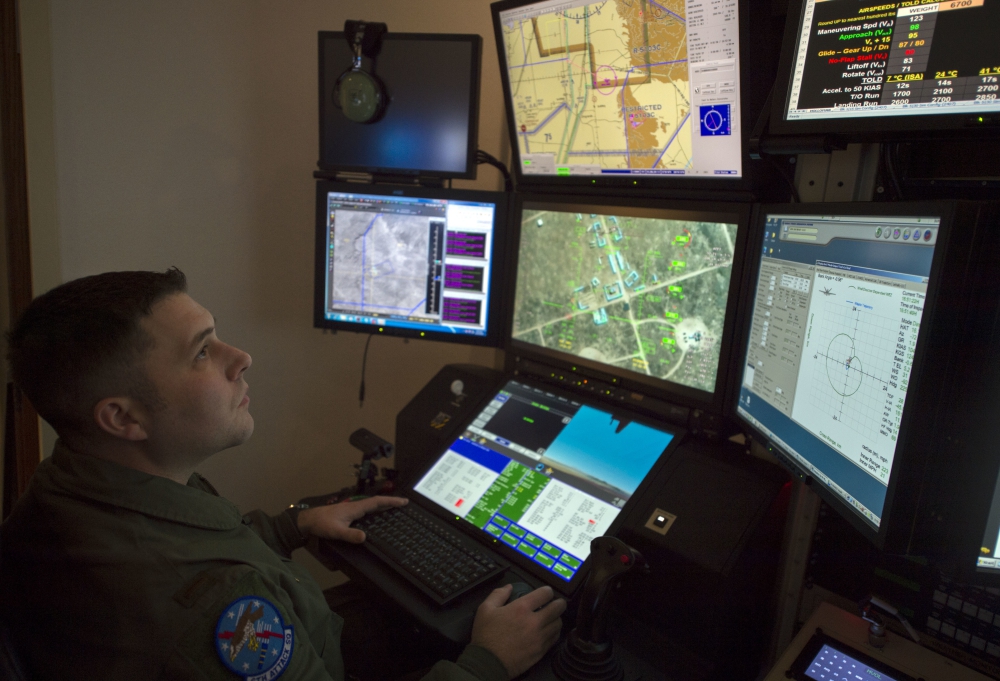
A remotely piloted aircraft student pilot, operates an MQ-9 flight simulator for training at Holloman Air Force Base, New Mexico, Dec. 10, 2019. The 49th Wing is the largest formal training unit for MQ-9 RPA pilots and sensor operators
The US Air Force has approved changes to medical standards for remotely piloted aircraft pilots, which went into effect February 28.
“The change in RPA pilot medical standards is part of the Air Force Chief of Staff’s initiative to broaden the pool of qualified candidates to all rated career fields,” said Col. Gregory Nita, the RPA career field manager. “This will ensure medical standards are the right fit to meet the needs for these operators.”
After RPA students graduate from undergraduate pilot training, they will not be required to meet the medical standards designed for aircrew operating at altitude. Instead, these Airmen will meet Ground-Based Operator medical standards, which are less restrictive than a flying class physical, but still have higher requirements than non-flying Airmen.
“The standards have been relaxed to align more appropriately for the ground environment,” said Lt. Col. (Dr.) David Gregory, Physical Standards Development chief, Air Force Medical Readiness Agency. “We specifically looked at revising the standards for conditions associated with pressure changes such as in the lungs, ears and blood vessels. We also changed some standards that would otherwise prevent flying. Once the condition that prevented flying is resolved, a waiver is no longer needed.”
RPA pilots who started out in manned flying can still maintain a higher flying class flight physical if they return to manned operations at a later date.
To ensure the highest level of readiness, the flight medicine community will still service RPA pilots. Airmen with questions concerning their medical standards should contact their flight medicine provider.
Photo: U.S. Air Force photo by Airman 1st Class Quion Lowe
Source: USAF Air Combat Command

Can an RPA pilot be color blind? Thank you.